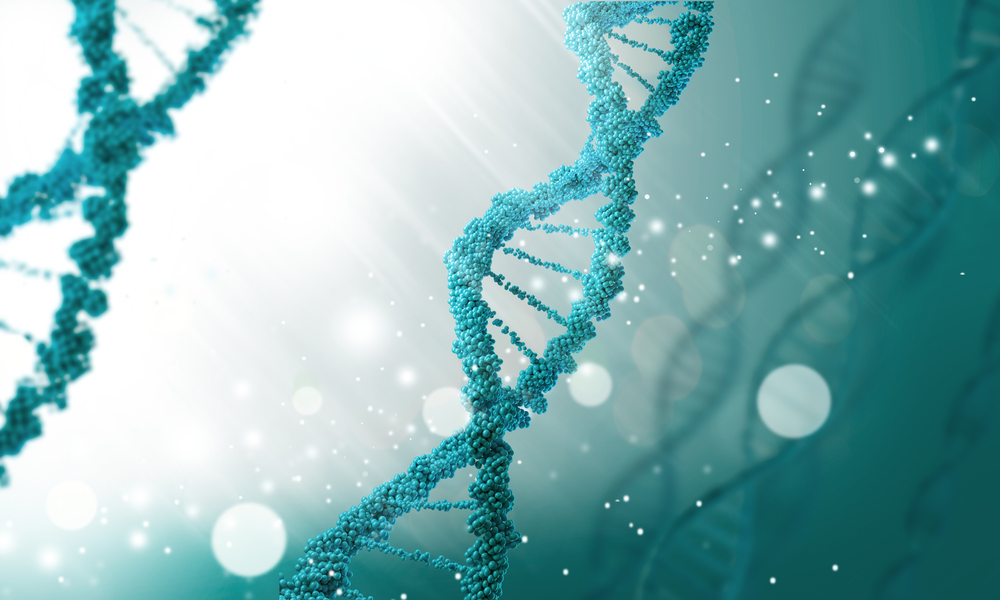Study Finds Differences in Brain Activity Based on Genotype in Angelman Patients

Sergey Nivens/Shutterstock
A new study reports differences in brain activity among Angelman syndrome patients whose disease arises because of changes in the UBE3A gene.
The research with that finding, “Electrophysiological Phenotype in Angelman Syndrome Differs Between Genotypes,” was published in Biological Psychiatry.
Angelman syndrome is defined by a lack of functional UBE3A protein in the brain. Multiple genetic changes can cause this, and these changes can be divided broadly into two groups (genotypes).
In nondeletion Angelman syndrome, the UBE3A gene is still there, it just doesn’t work, for example, because of a mutation. In deletion Angelman syndrome, however, a large region of DNA containing the UBE3A gene — as well as an assortment of neighboring genes — is gone. Deletion Angelman syndrome accounts for about 70% of cases, and usually is the more severe form of the disease.
Researchers used electroencephalogram (EEG) recordings obtained from patients with Angelman syndrome through the AS Natural History Study (NCT00296764) to measure brain activity in 21 children (1-18 years old) with nondeletion Angelman syndrome, 37 with deletion Angelman syndrome, and 48 children with typical development (control subjects). EEG recordings from the control group were obtained through Boston Children’s Hospital.
EEG measures electrical activity in the brain and gives readouts in the form of waves (i.e., “brain waves”).
The investigators found some expected differences between patients with Angelman syndrome and controls. For example, individuals with Angelman syndrome often had larger, more erratic delta waves, a characteristic that has been described before. Delta waves are a type of high-amplitude brain wave and are generally associated with deep sleep.
What was notable, though, were the differences between patients with deletion and nondeletion genotypes. Deletion Angelman syndrome patients had smaller beta waves (low amplitude brain waves that occur when one is actively engaged in mental activities), as well as unusual activity in theta waves (high-amplitude brain waves often associated with a state of mental relaxation) that wasn’t present in patients with the nondeletion genotype.
“These electrophysiological abnormalities may underlie the more severe behavioral phenotype of deletion [Angelman syndrome],” researchers said.
The investigators think these differences might be linked directly to the genetic differences in these patients. Although the size of the deletion in the deletion genotype varies, it often includes genes that help make a receptor for the neurotransmitter GABA, because these genes are physically close to UBE3A on chromosome 15.
GABA blocks impulses between nerve cells in the brain and is thought to play a role in several key physiological processes, not only in the brain but also, for example, in the regulation of muscle tone. Researchers think that changes in GABA signaling because of the deleted genes might explain the differences they saw in the EEGs, although the details of how that works are still unclear.
Further research will be needed to determine how these genetic changes affect signaling in the brain and what might be done therapeutically to address them.






